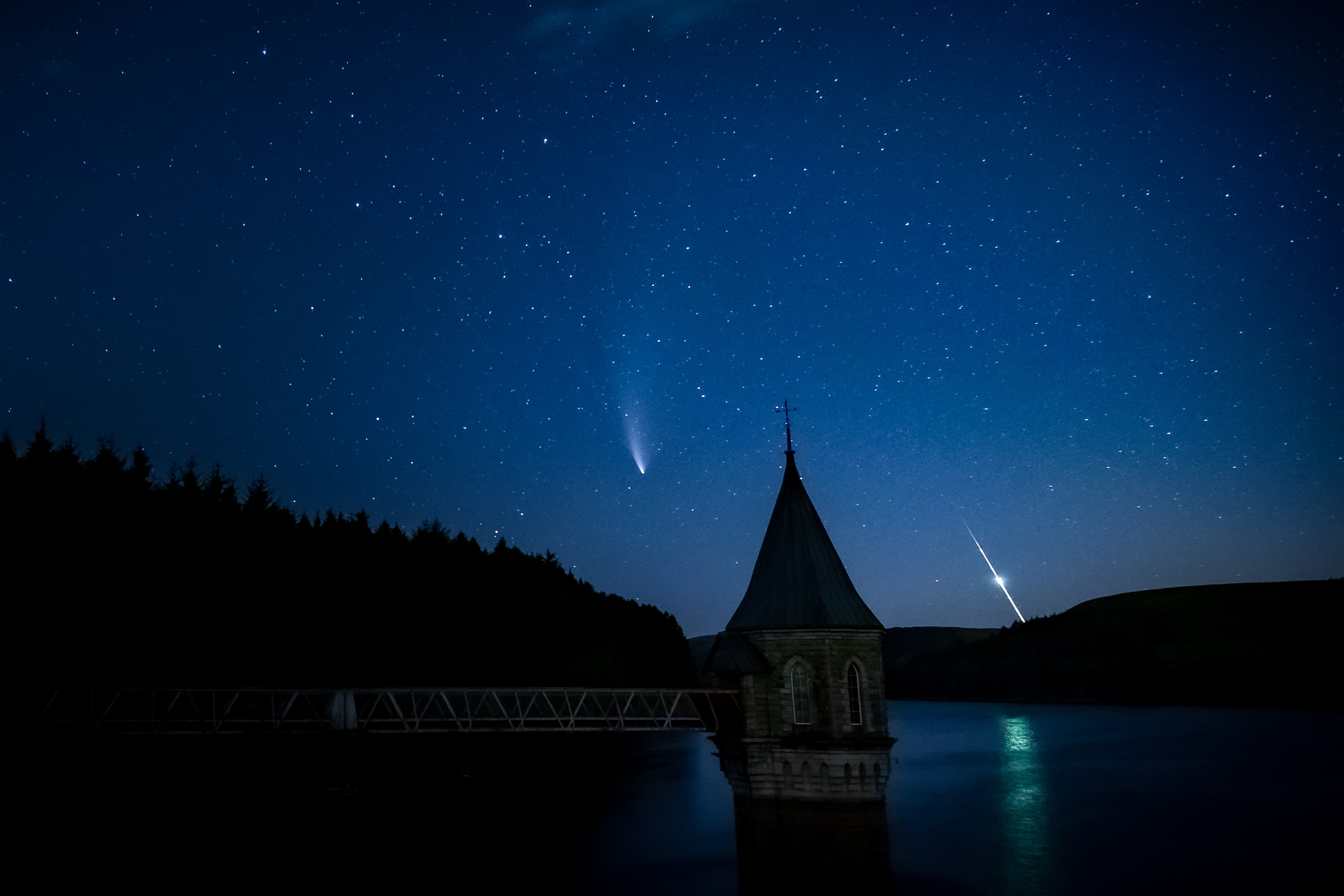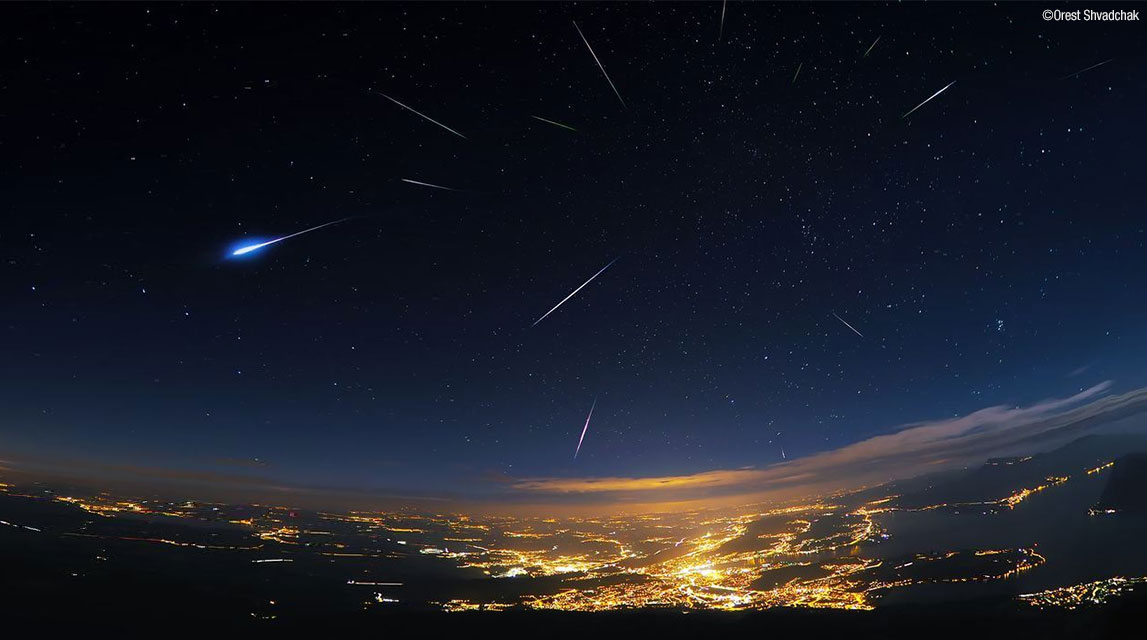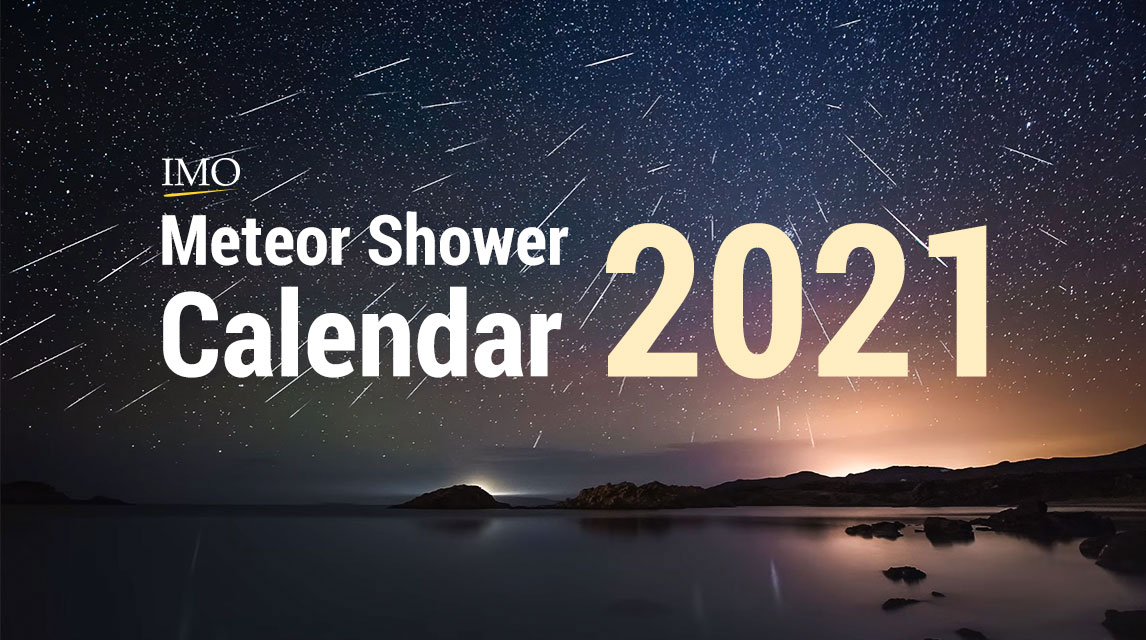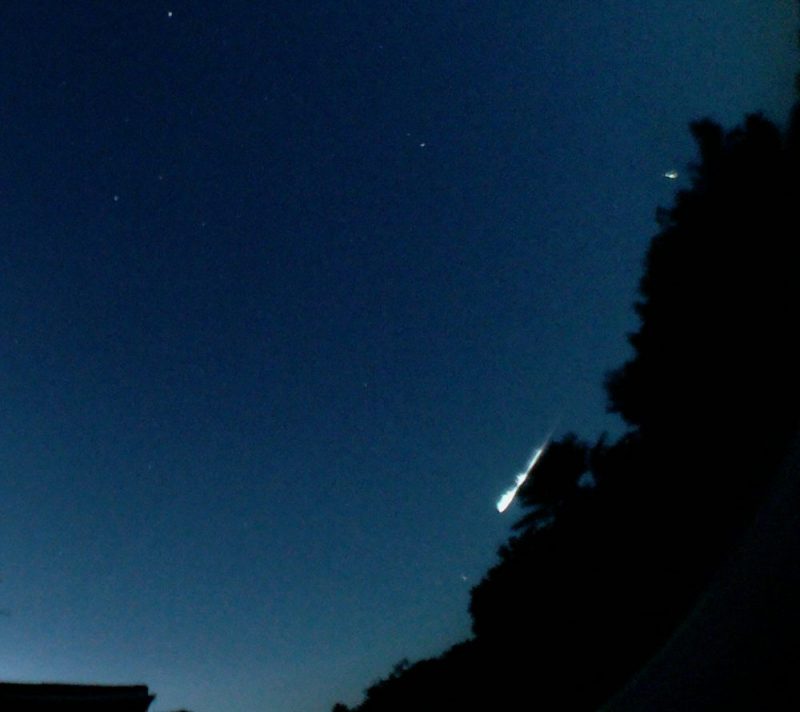
Meteor Activity Outlook for September 26-October 2, 2020
During this period, the moon reaches its full phase on Thursday October 1st. At that time, the moon is located opposite the sun and remains above the horizon all night long. This weekend the waxing gibbous moon will set during the early morning hours, allowing a few hours of observations under dark skies between moon set and dawn.
 American Meteor Society
American Meteor Society



















